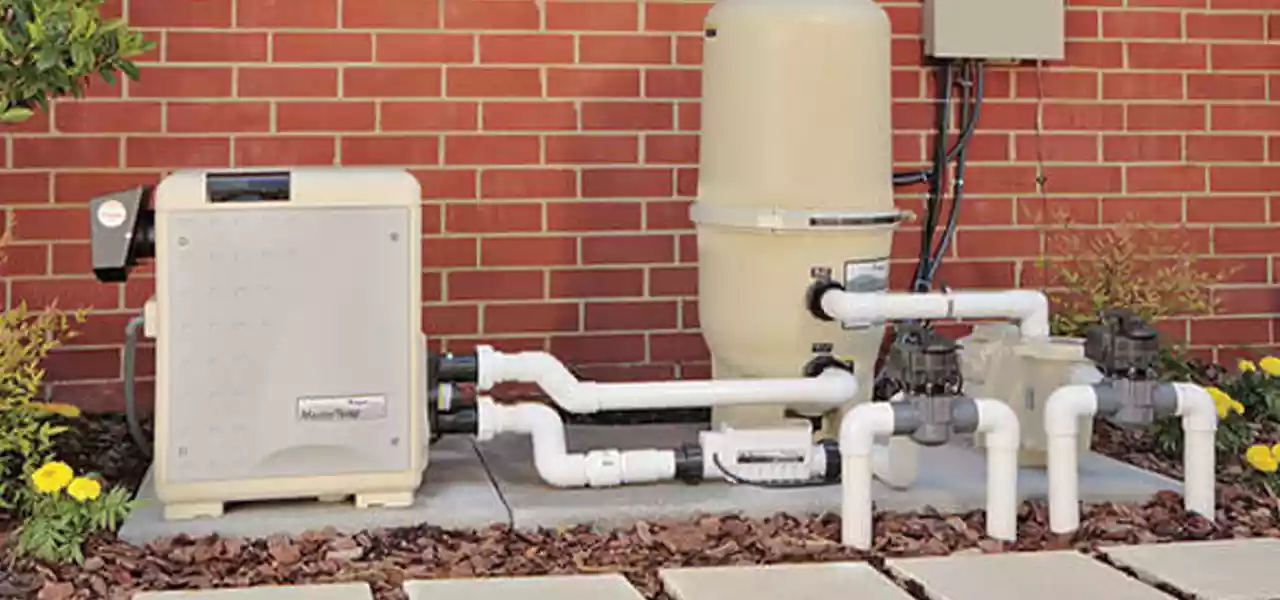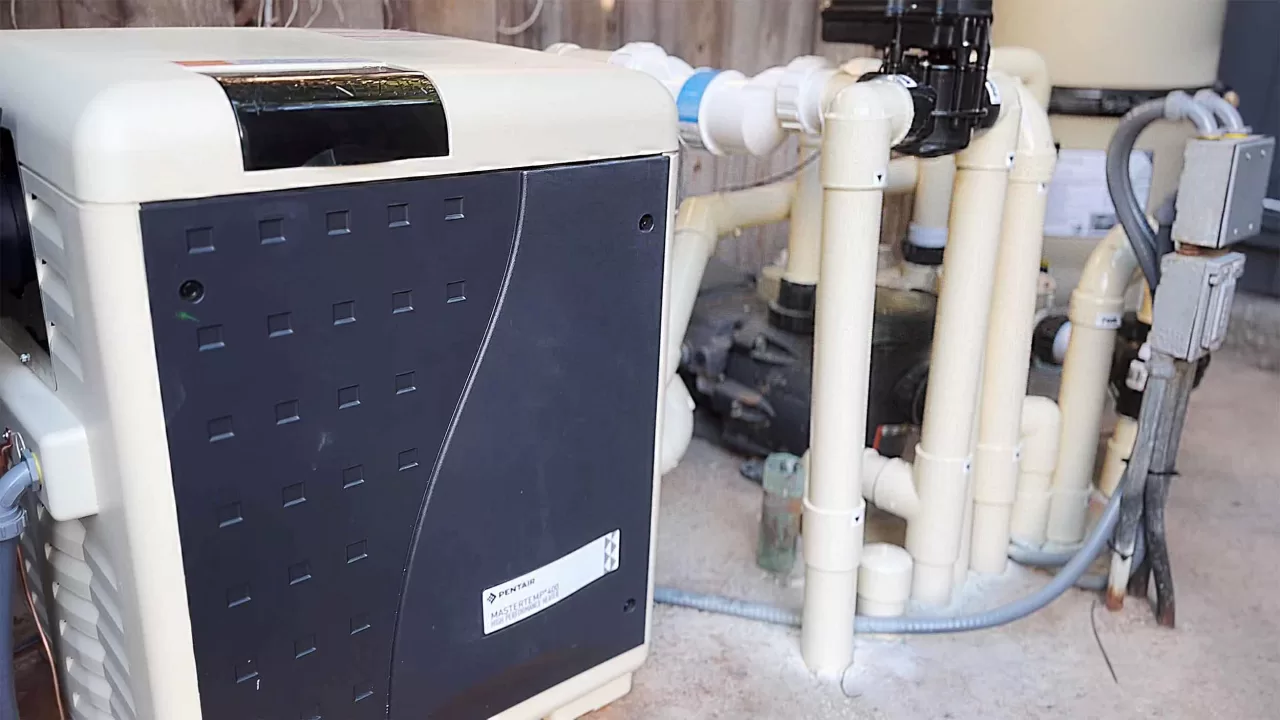FREE Standard Shipping On All Orders $100 or More!*

Installing a Propane Swimming Pool Heater
If you live in an area without natural gas service, but want the comfort and convenience of a gas pool heater, you can install a propane gas pool heater. Just about any natural gas heater you can buy is also available as a propane heater. The only difference is in the orifice sizes, for the gas valve and burner orifices.
Installing an Propane Pool Heater
The installation process is exactly the same for both heater types. It's only the gas hookup that is different. Assuming you've done your homework to buy a pool heater that will give you the heat output you want, you can buy a propane pool heater.
1. Placement:
Propane heaters should be placed on a non-combustible surface, with 2-3 feet of clear space all around. They should not be placed indoors or near any window openings or intakes for the house. Above the heater should be clear sky, no overhanging stairs, low eaves or roof line.
2. Plumbing:
Cut the return pipe after it has exited the filter, and using schedule 40 PVC, connect pipes in and out of the heater and reconnect the exit pipe back to the return line. Chlorinators should be moved downstream, after the heater and at ground level, to prevent corrosive fumes from backing up.
3. Power:
You can still buy a millivolt heater, which requires no power supply, but wiring a digital heater is easy. You don't need a separate breaker; you can tap power from the timeclock or pump switch. Use 220 volt or 110 volt and follow the instructions to connect power inside of the heater. Simple.
Propane Gas Connection

This is the easy part. Just call up your local propane providers and tell them you want a quote to install propane tanks, and make a connection to your new propane pool heater. They'll ask you what size of heater it is; they need to know the output in BTUs. The model number of most propane heaters indicates its output. For instance, a model 250 would produce 250,000 BTUs, and a 400 would be 400,000. The size of the heater will determine the size of the propane tank and regulators.
They'll give you a turnkey price for the installation and testing of the heater. You may be offered a price to buy the tank(s), or you can lease the tank and pay a little bit for it each month on your propane bill. Delivery trucks will come to top off your propane tank, or you can call them when you would like to have a refill.
A large propane pool heater will require a 500-gallon tank in most cases, whereas a medium to small heater can get by with a 250 gallon tank. Your propane company will be able to advise you on the best tank size for you.
You can bury the tank in the ground if you like, build a removable fence around it, or embrace your tank and paint it in some whimsical way.Installing a propane pool heater can be done in just a few hours and then the gas company can come do their thing in just another few hours.